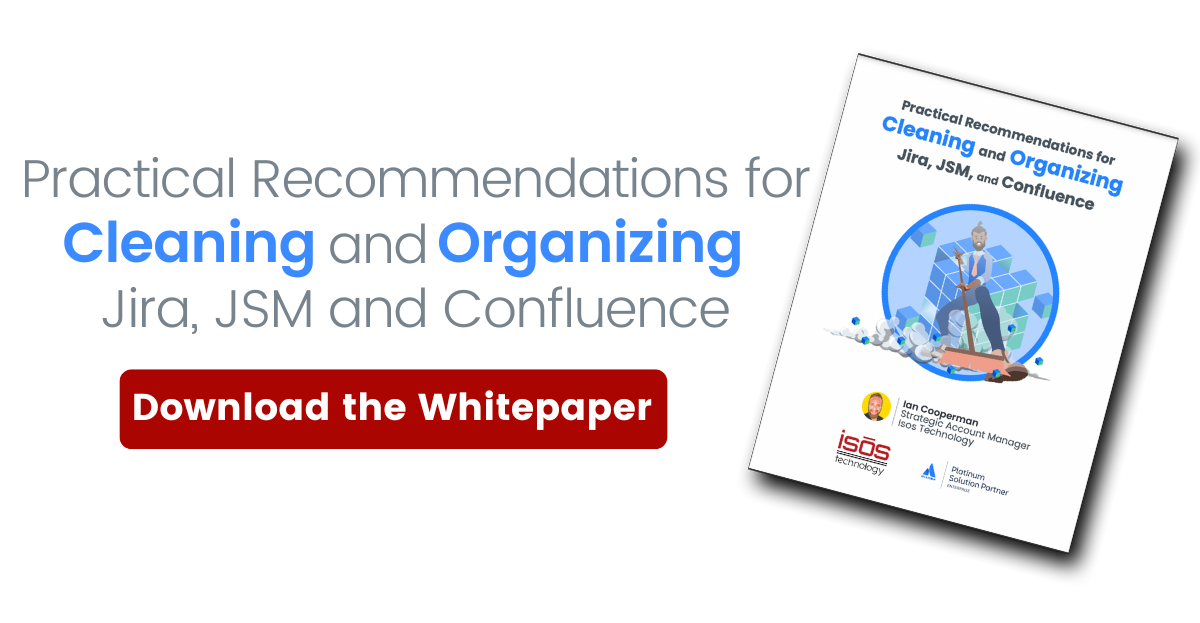
Many organizations begin using Atlassian tools organically—a team adopts them, finds they streamline work and/or improve efficiency, and over time, they gain broader traction throughout the organization. Multiple teams may spin up different instances or use the tools in different ways.
In time, the tools become business critical, but due to the way in which they were adopted, obsolete projects accumulate and seemingly small differences in workflows and custom fields increase. Eventually, even though the tools were designed to help teams collaborate, the abundance of seemingly small differences mean day-to-day work is negatively impacted.
Even organizations that start using Atlassian tools more purposefully often find that clutter develops over time, which makes it challenging to make changes to these tools. For example, companies may need to shift to a cloud deployment option, instances might need to be migrated, and tools must be scaled to accommodate corporate growth. Because of their impact on granular data, like custom fields and workflows, initiatives like these are significantly more complex if that data has grown to unwieldy proportions, especially if the organization has not yet established formal governance processes.
In our whitepaper, Practical Recommendations for Cleaning and Organizing Your Atlassian Instance, we explore the challenges organizations face when their Atlassian instances become messy or unwieldy, and offer practical guidance for cleaning up Jira Service Management, Jira, and Confluence. In addition, we provide a comprehensive list of best practices for maintaining an optimal Atlassian environment once cleanup has been undertaken.
Sign up to receive more great content
Learn more about Atlassian and how Isos can help by signing up to receive our latest blogs, eBooks, whitepapers and more.















